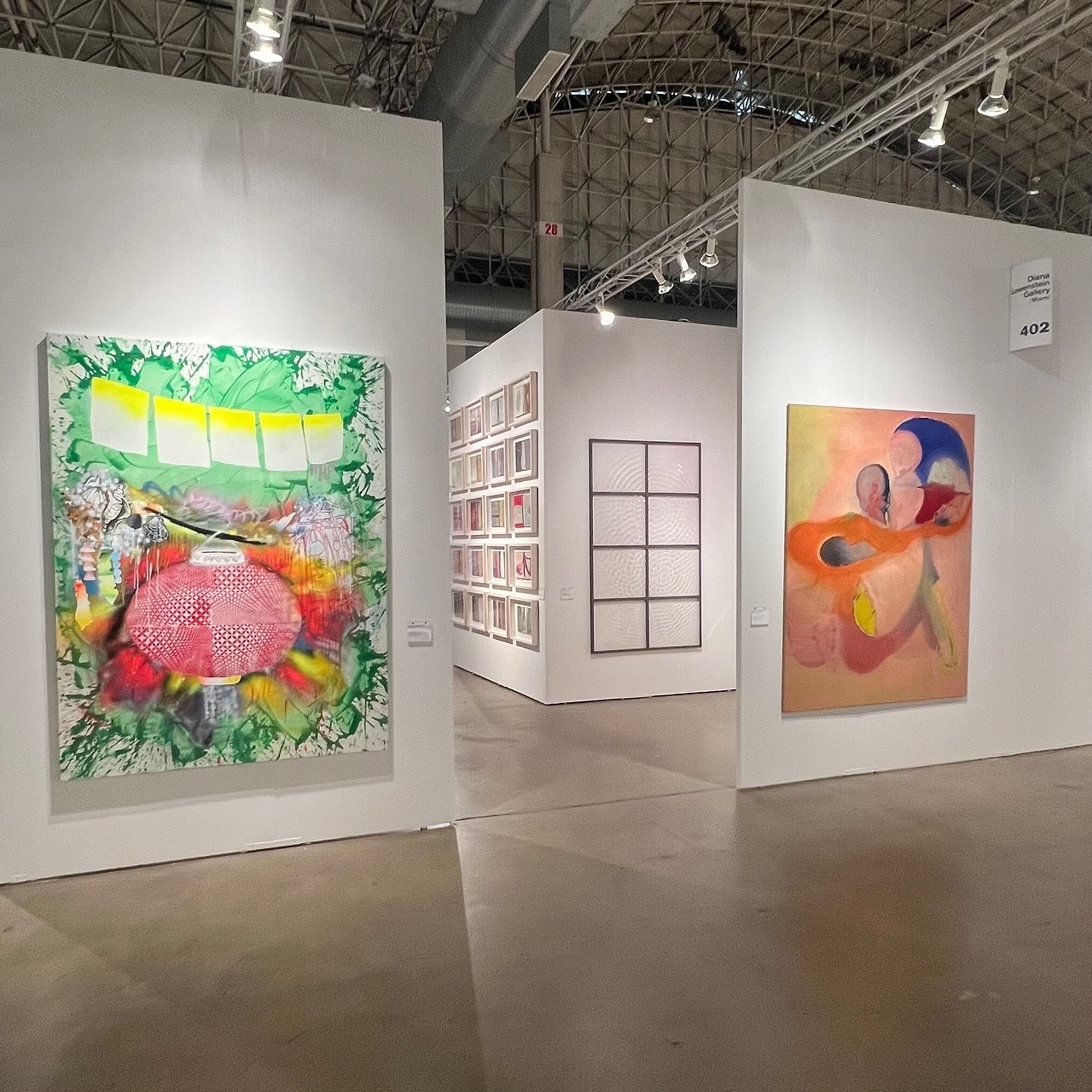PRESS RELEASE

EXPO CHICAGO
Apr 7 – Apr 10, 2022
Recognizing EXPO CHICAGO interest in showcasing leading exhibitioners, galleries and institutions; the fair also wants to challenge and push forward international and innovative contemporary art and artists, upholding its importance in the International art scene. As such, The Diana Lowenstein Gallery would like to present the following artists that we recognize represent and push those boundaries EXPO CHICAGO is looking for and that are a great asset to the International Contemporary Art scene. These artists are independent in style and concept as well as in their process of creation, yet their works create a visual dialogue, when exhibited together, and essentially exemplify what contemporary art is today.
Udo Nöger’s (Germany) abstract white paintings call upon a powerful yet simple source, light. Intricately constructed pieces which contain elements within the painting, layered cut out pieces of canvas, space and a monochromatic palette of paints come together to capture, transform and emit light; drawing views in while also having them take a step back to dissect and reconsider his pieces. The sculpture’s of Loris Cecchini (Italy) respond to the organic. His work playfully investigates the limits of creation generating a continuous detection of exciting art outcomes whose definitions are ever changing. The deconstruction of the organic, its interpretation and the reconstruction of its essence into art pieces that are a breath away from living.
Somewhere in between lie the works of Dirk Salz (Germany) whose resin objects can be considered a melding, literally and figuratively, of sculpture and painting. For (Viena) artist Daniel Domig, “there is no invention in painting, no try creation. There is an unfolding and unveiling of color and form. There is a reshaping of the raw and inanimate material of paint.” Domig’s beautiful obscure paintings have a tendency to escape into the blurriness of their shapes and colors.
Daniel González (Argentina) His work results from the research into celebration rites and cross-boundaries and it takes the form of public projects, sequined banner-painting and wearable one-off pieces exhibited in high-impact performances. González creates irrational and energetic worlds, areas of freedom in which existing conventions collapse.
Daniel Verbis (Spain) The series He who guards his mouth guards his soul, 2020-21 is made up of small pictorial pieces made on the covers of the unbound books. Covers that function as found remains (they are the remains of the books that Verbis uses to make his collages) and that become an attractive support to paint with absolute freedom small diptychs that unfold like the chromatic wings of a butterfly or like innocuous ones silkscreens from a Rorschach test. These paintings on books emptied of content articulate an idea of painting as a dialectic of languages through theoretically opposed images, siamese images torn between repetition and difference. By giving free rein to a stain painting that seems to obey the need to find different languages, Verbis shows itself, in these small pieces, free of any conditionality. In these open books, the stains that stain the covers seem to spill over with the radicality of infantile gestures and the color seems to be governed by an unconscious impulse, the more suggestive the freer it is from the servitudes of thought. In these diptychs, the humility of plastic events is completed by showing their eventualities and urgencies in order to illuminate the dark night of the soul and give content to the aphasic mimicry of gestures, to the invariable geometric of reflections, to the symmetrical dialectic of nexus.
Adetomiwa A. Gbadebo, much of his art both made himself and collected are heavily influenced by where he is from Nigeria, his family’s past, the culture of his background, and because of the social importance art has for future generations. He enjoys working big, with spontaneous use of color, what makes sense to him at that point, waiting to see what the art piece is trying to tell him. He also likes to combine his culture and background into his work, even including photos of past family members. In this activity, you will take a photo of a family member or someone who is important to you, enlarge it, edit the photo so it’s without color, print it out onto larger paper, then paint over it using whatever colors you feel best express that image to you.
